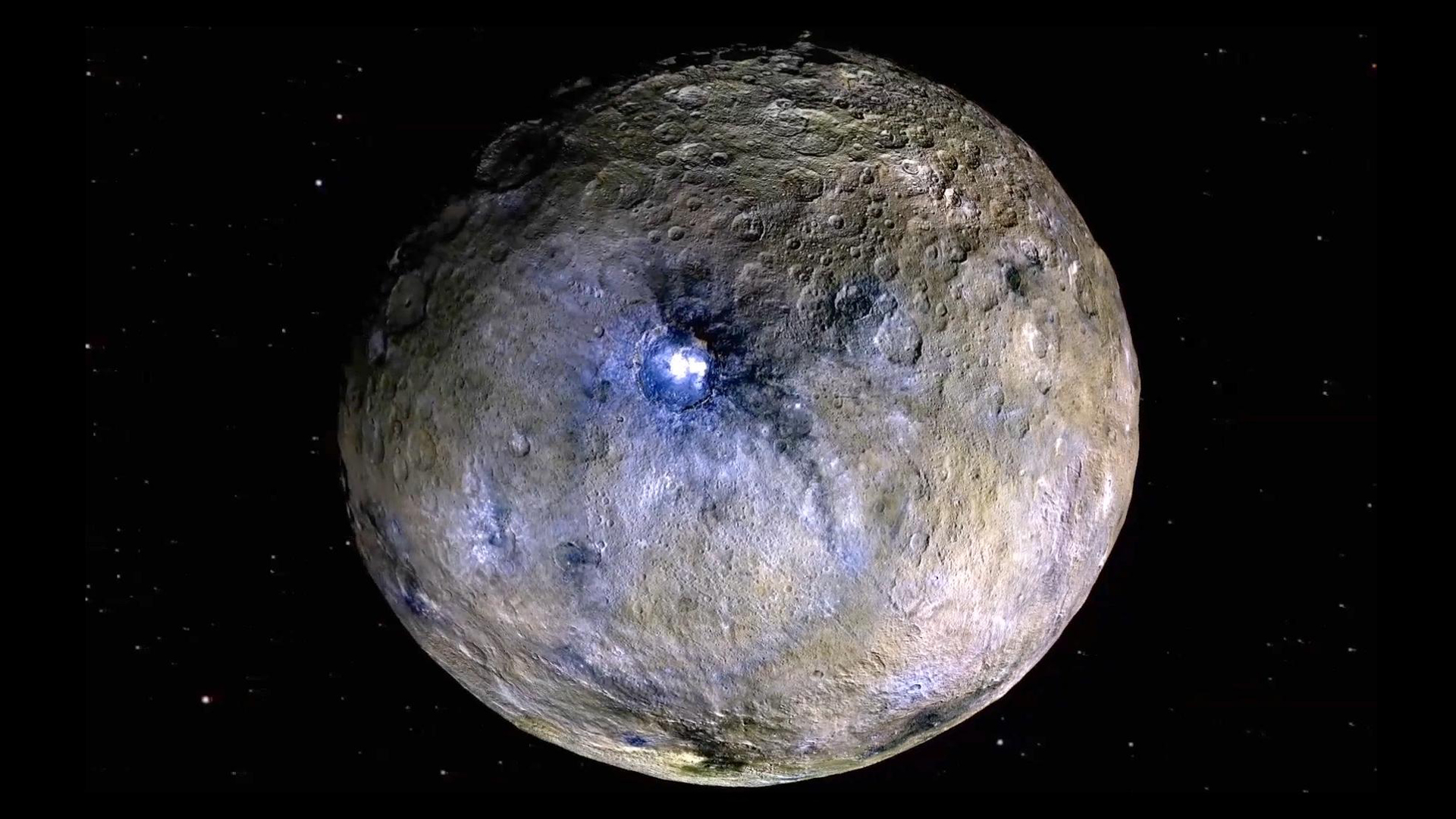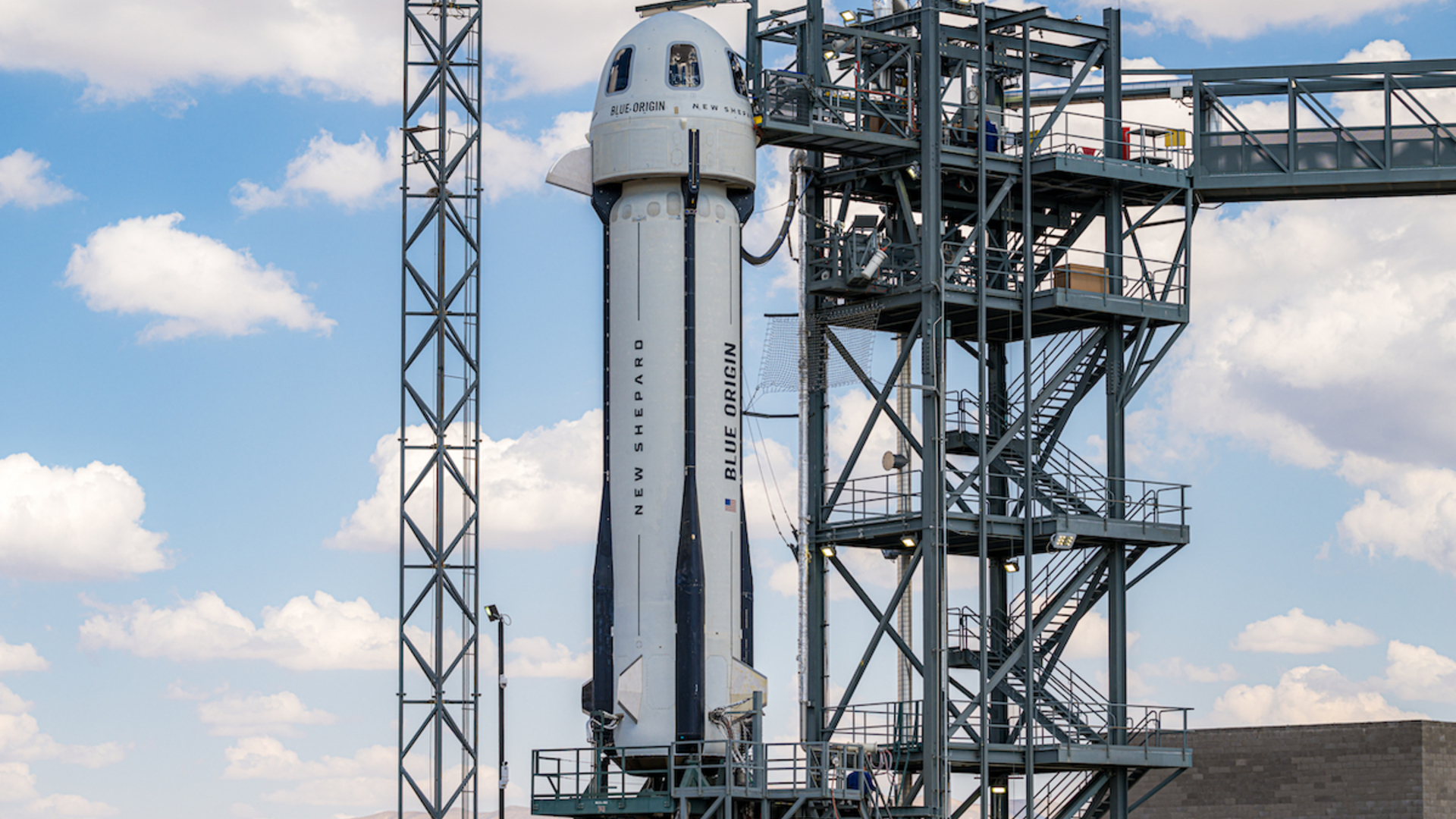
Victoria Corless
A chemist turned science writer, Victoria Corless completed her Ph.D. in organic synthesis at the University of Toronto and, ever the cliché, realized lab work was not something she wanted to do for the rest of her days. After dabbling in science writing and a brief stint as a medical writer, Victoria joined Wiley’s Advanced Science News where she works as an editor and writer. On the side, she freelances for various outlets, including Research2Reality and Chemistry World.
Latest articles by Victoria Corless
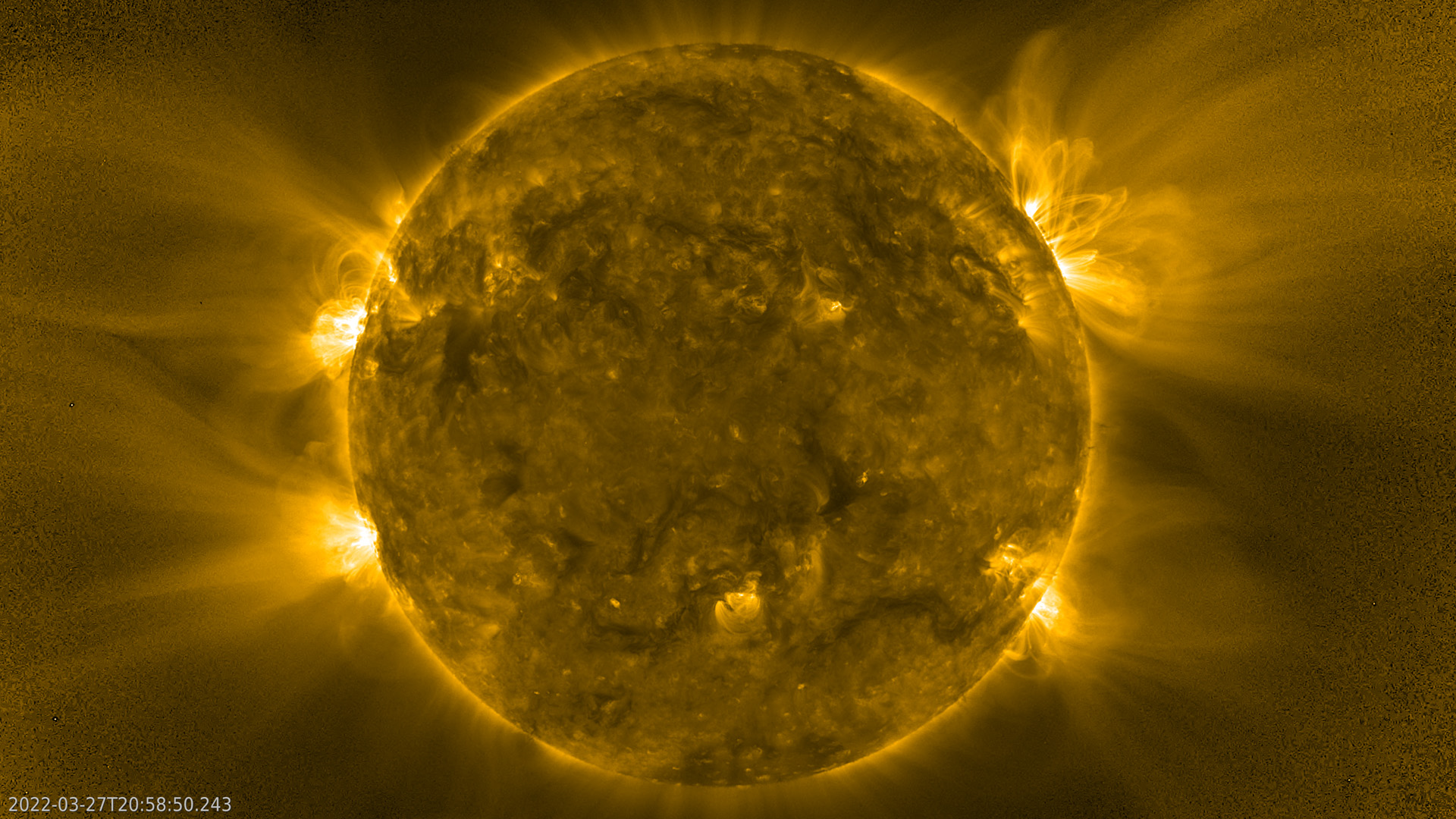
The sun just leaked a huge amount of helium-3 — the rare isotope scientists want to harvest on the moon
By Victoria Corless published
The sun was caught bursting out a huge quantity of helium-3, an isotope that's scarce in our solar system.
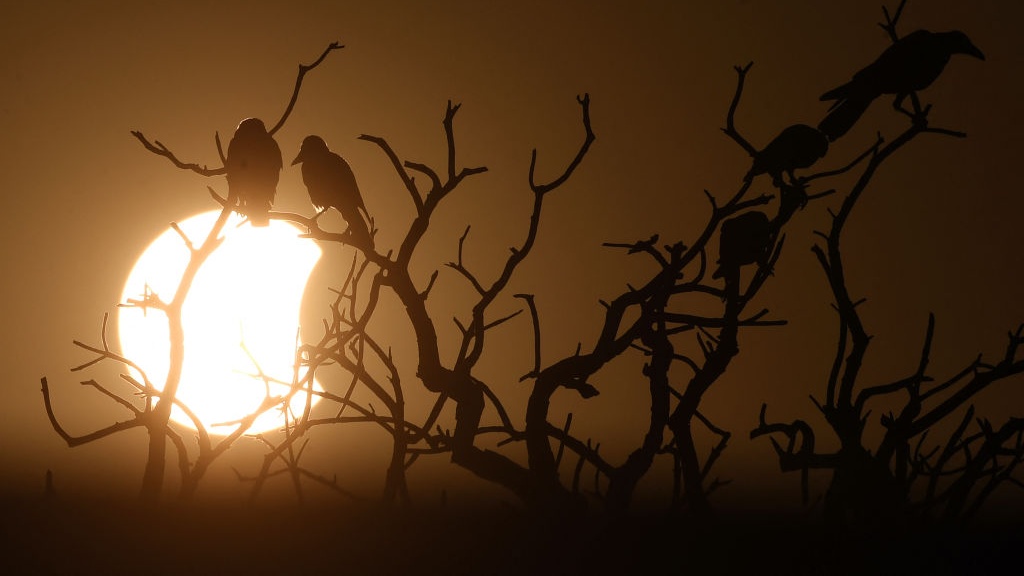
The epic total solar eclipse of 2024 caused some birds to stop singing
By Victoria Corless published
Scientists were watching for changes in bird vocalization patterns during the 2024 total solar eclipse. Here's what they found.
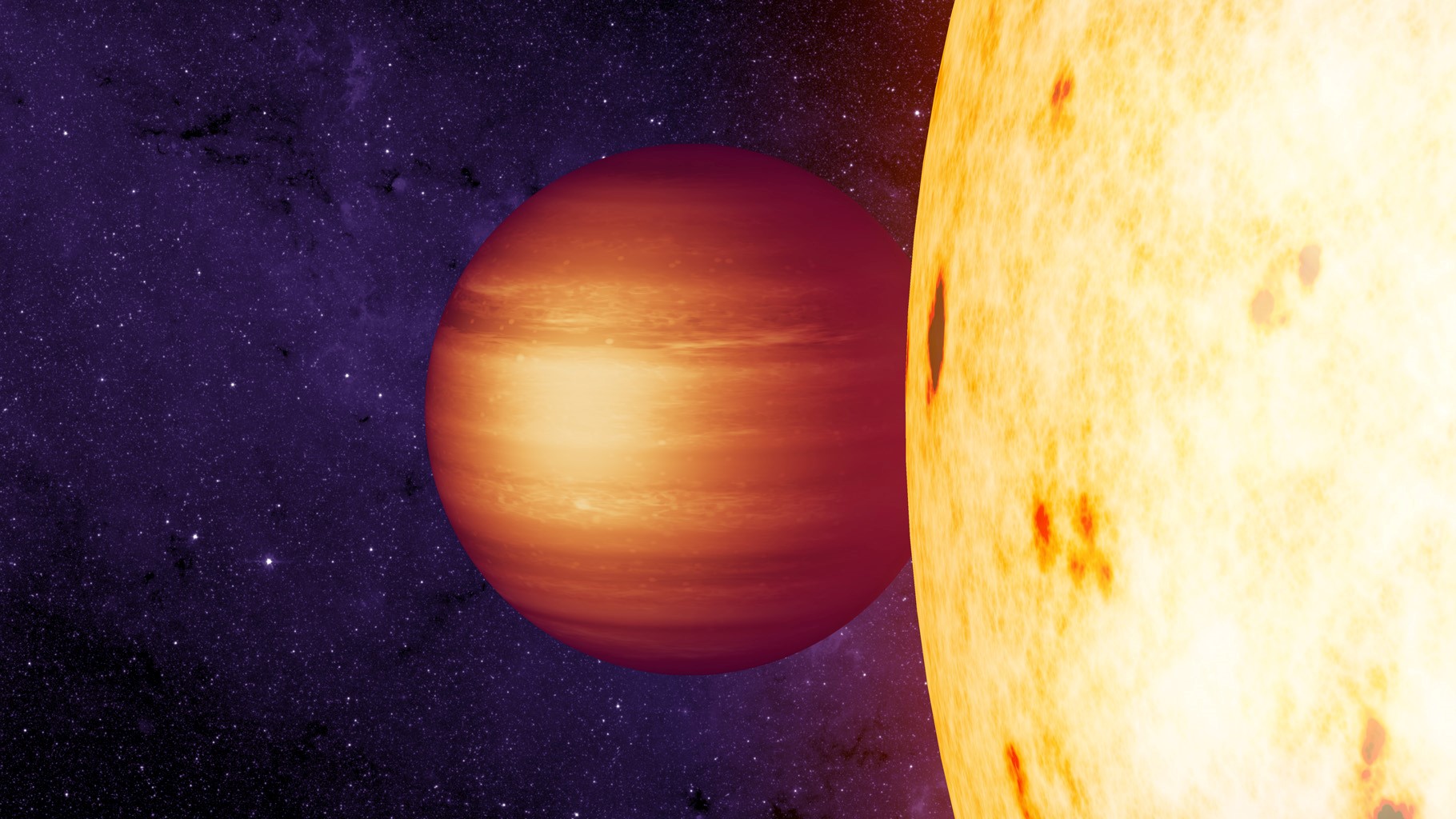
How science gets tested on alien worlds: 'We quickly realize how much there is yet to discover'
By Victoria Corless published
New insights into the chemistry of exoplanet atmospheres indicates planet-wide rainfall might take place following hydrogen atmosphere and water mixing.
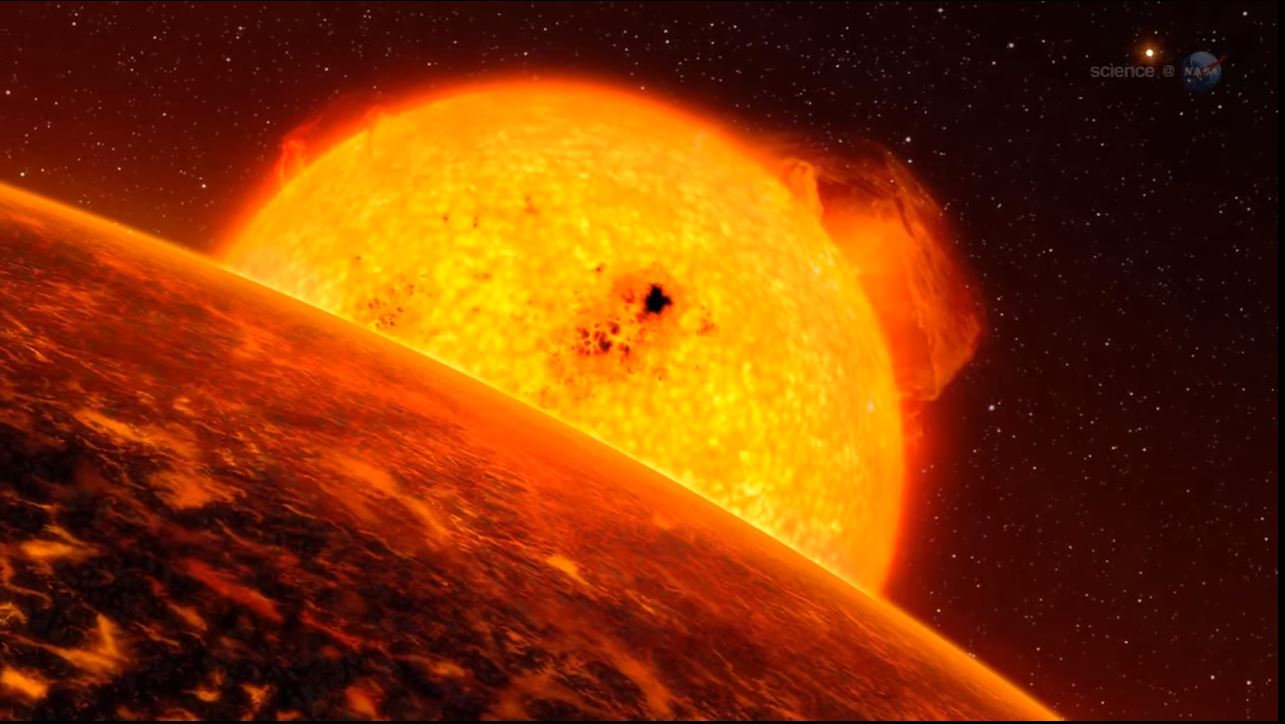
Scientists are using stellar 'quakes' to peer inside stars
By Victoria Corless published
Scientists are probing stellar "quakes" to understand what lies beneath the surface of a star's body.
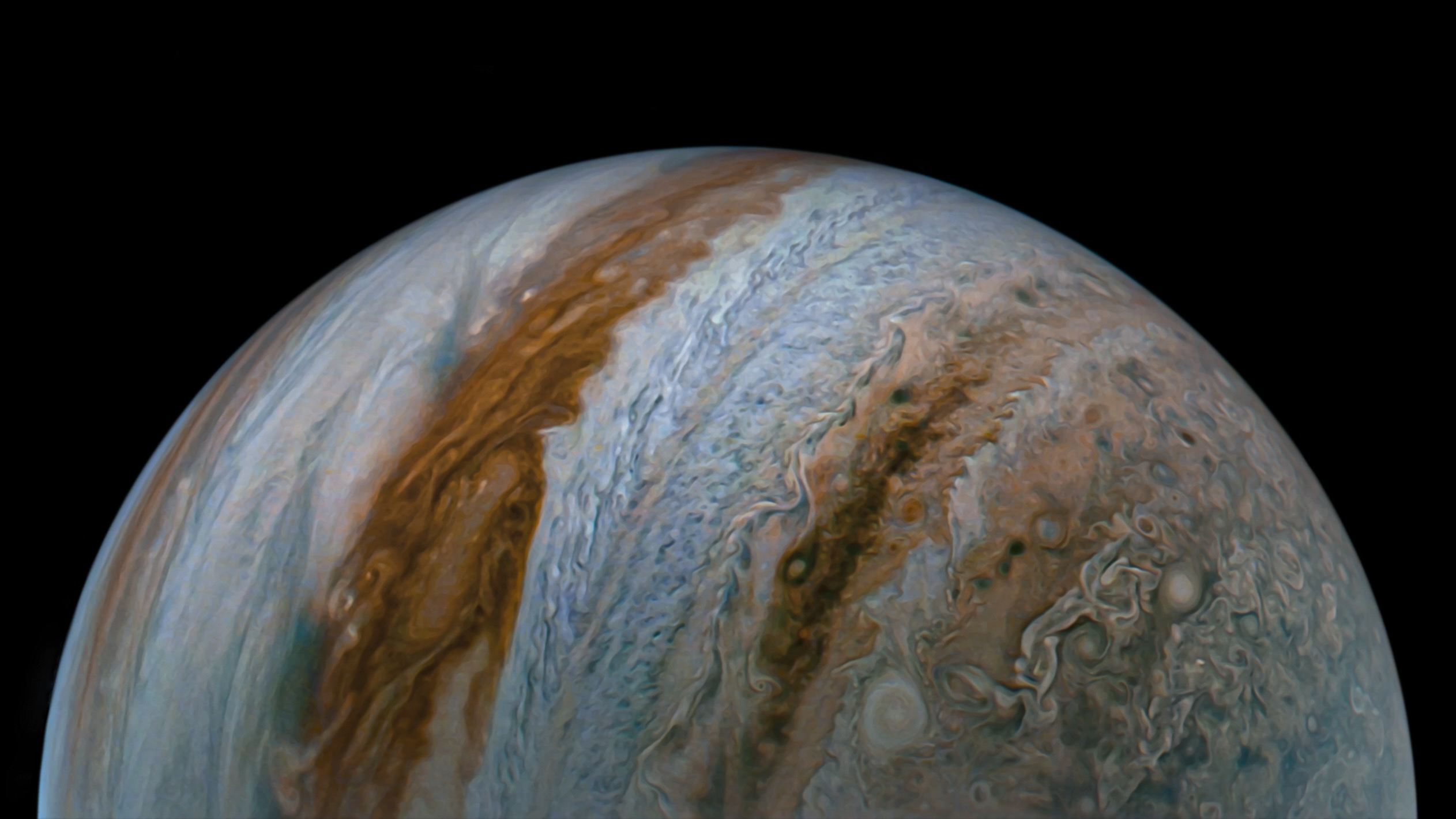
Powerful solar winds squish Jupiter's magnetic field 'like a giant squash ball'
By Victoria Corless published
A massive solar windstorm in 2017 compressed Jupiter's magnetosphere "like a giant squash ball," a new study reports.
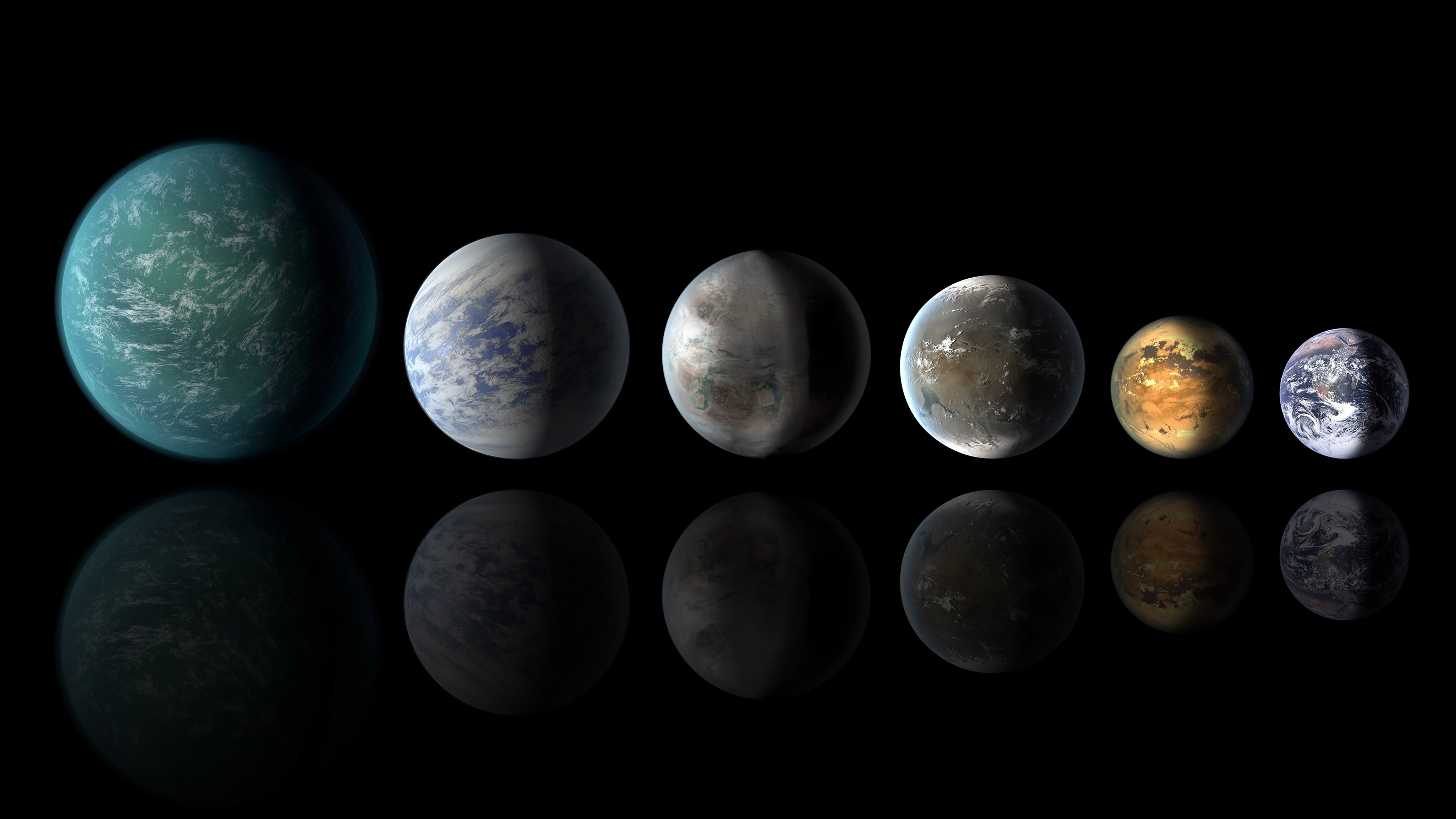
What's the difference between a young exoplanet and an old one?
By Victoria Corless published
Understanding exoplanet evolution could help solve the mystery of the 'hot Neptune desert.'
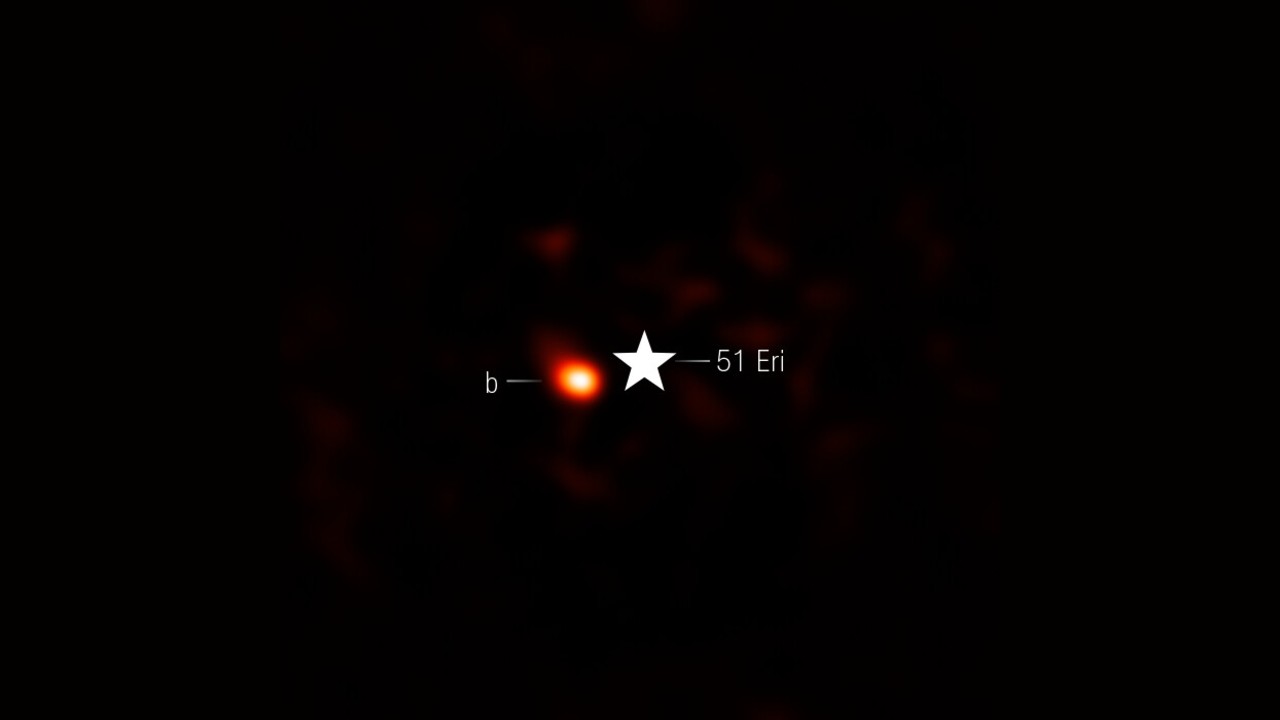
Scientists used JWST instruments 'wrong' on purpose to capture direct images of exoplanets
By Victoria Corless published
The JWST was used in a creative way to capture direct images of distant worlds.
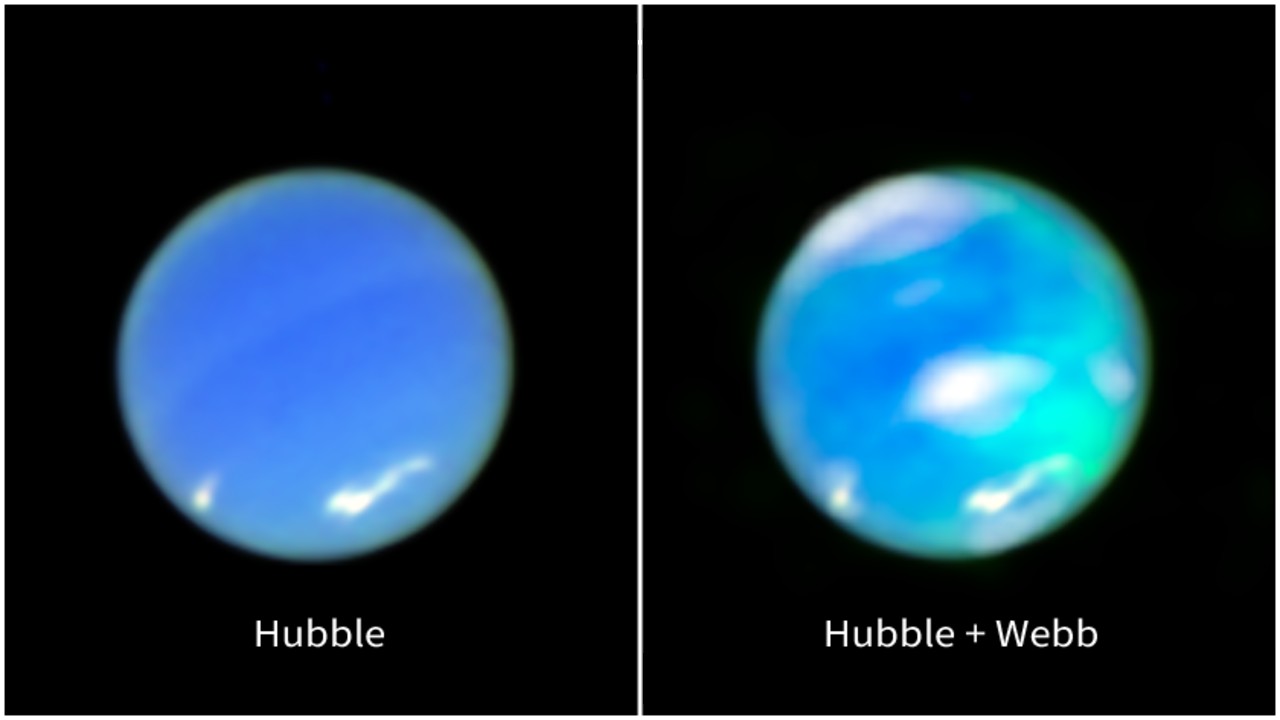
1st images of elusive auroras on Neptune revealed by James Webb Space Telescope
By Victoria Corless published
Using the James Webb Space Telescope, astronomers have captured direct images of Neptune's elusive auroras for the first time.
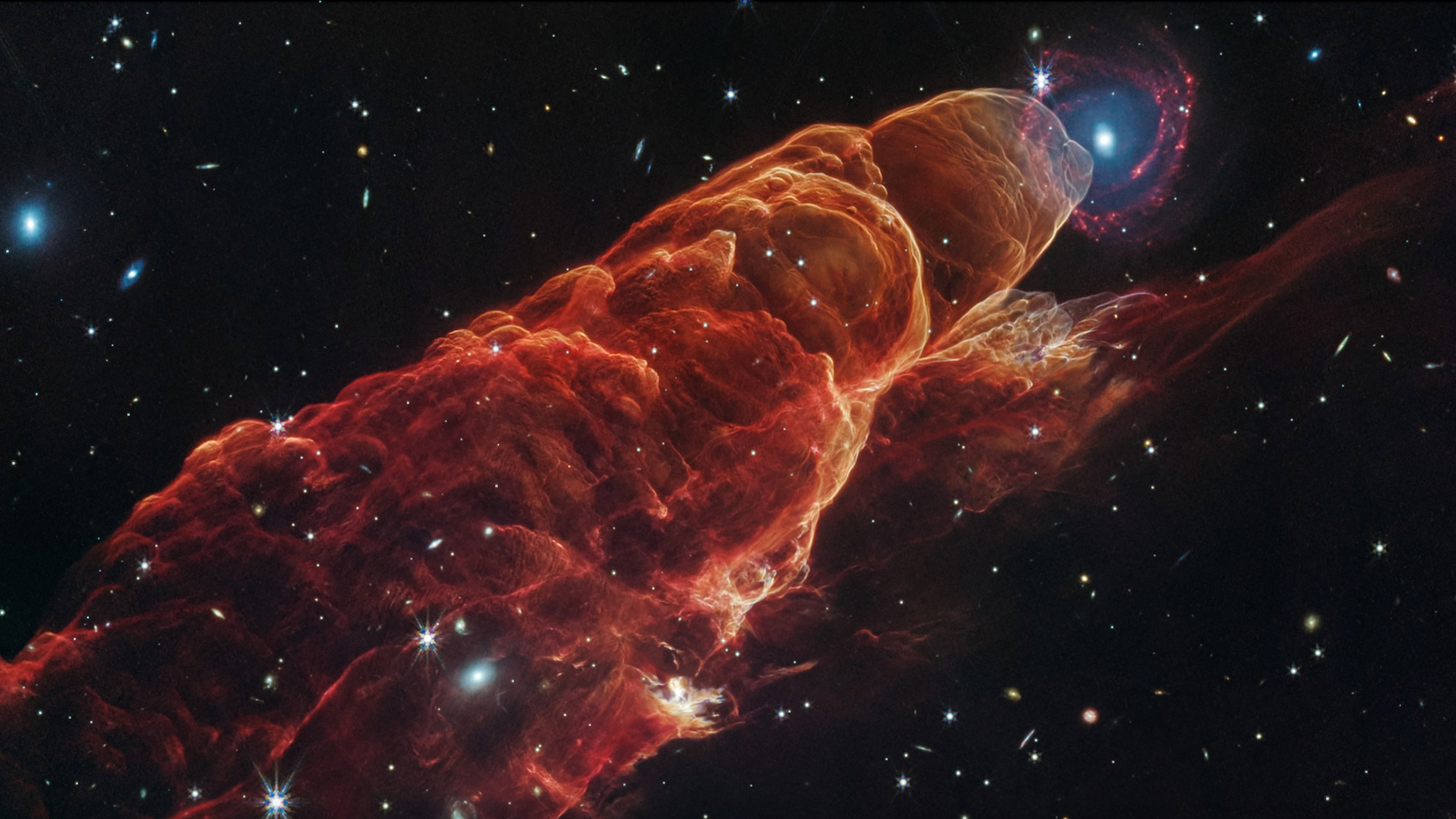
'Cosmic tornado' swirls in breathtaking new James Webb Space Telescope image
By Victoria Corless published
A cosmic coincidence has led to one of the most amazing images ever captured by NASA’s James Webb Space Telescope.

Meteorites and asteroids tracked back to their place of origin in the solar system
By Victoria Corless published
Astronomers have tracked several meteorites that dropped in on Earth back to their origin, space rocks in the main asteroid belt between Mars and Jupiter.
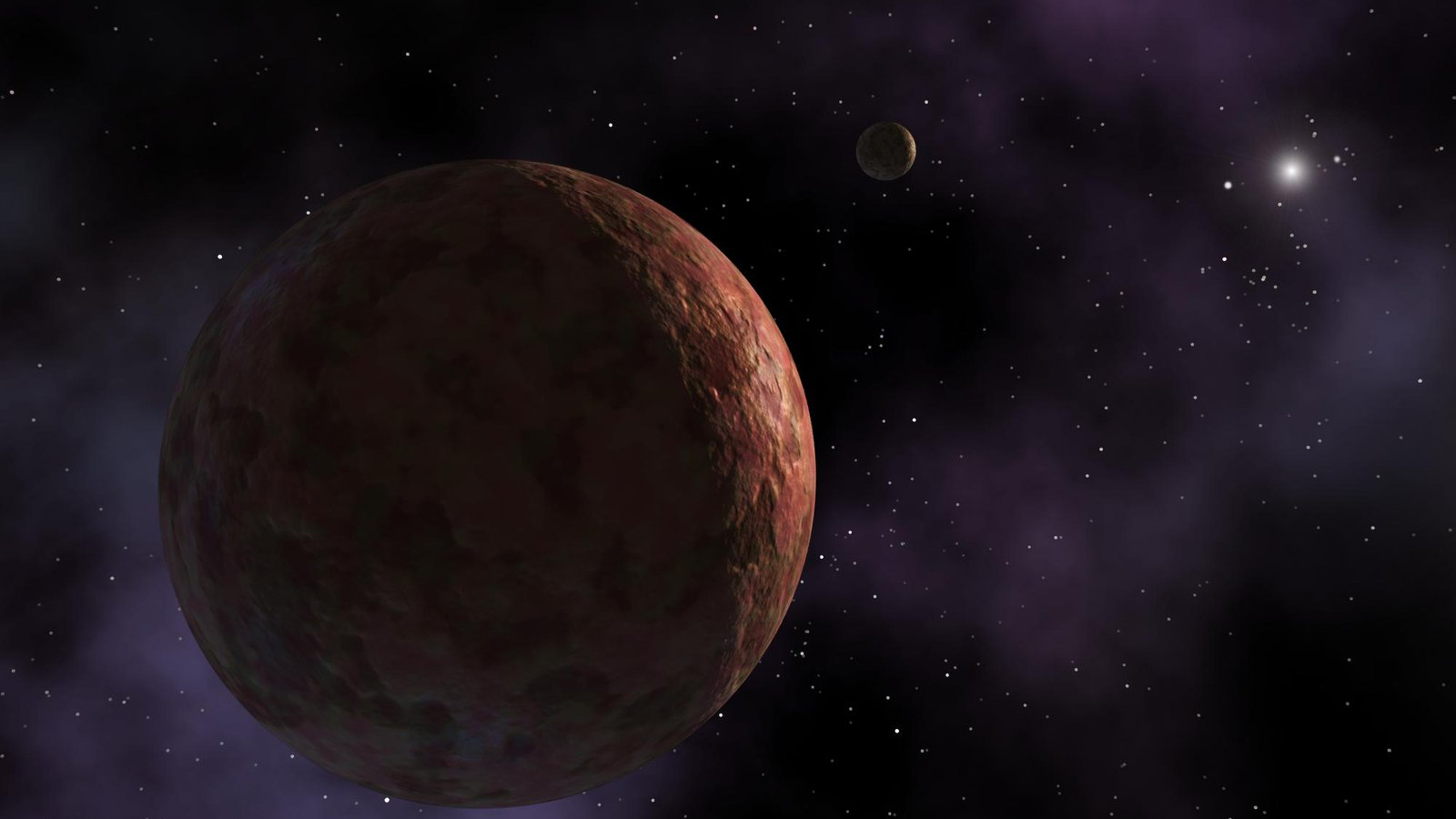
How the James Webb Space Telescope is helping size up tiny dwarf planets
By Victoria Corless published
A new model that incorporates data gathered by the JWST could help scientists understand the composition and mass of objects in the distant Kuiper Belt and beyond.
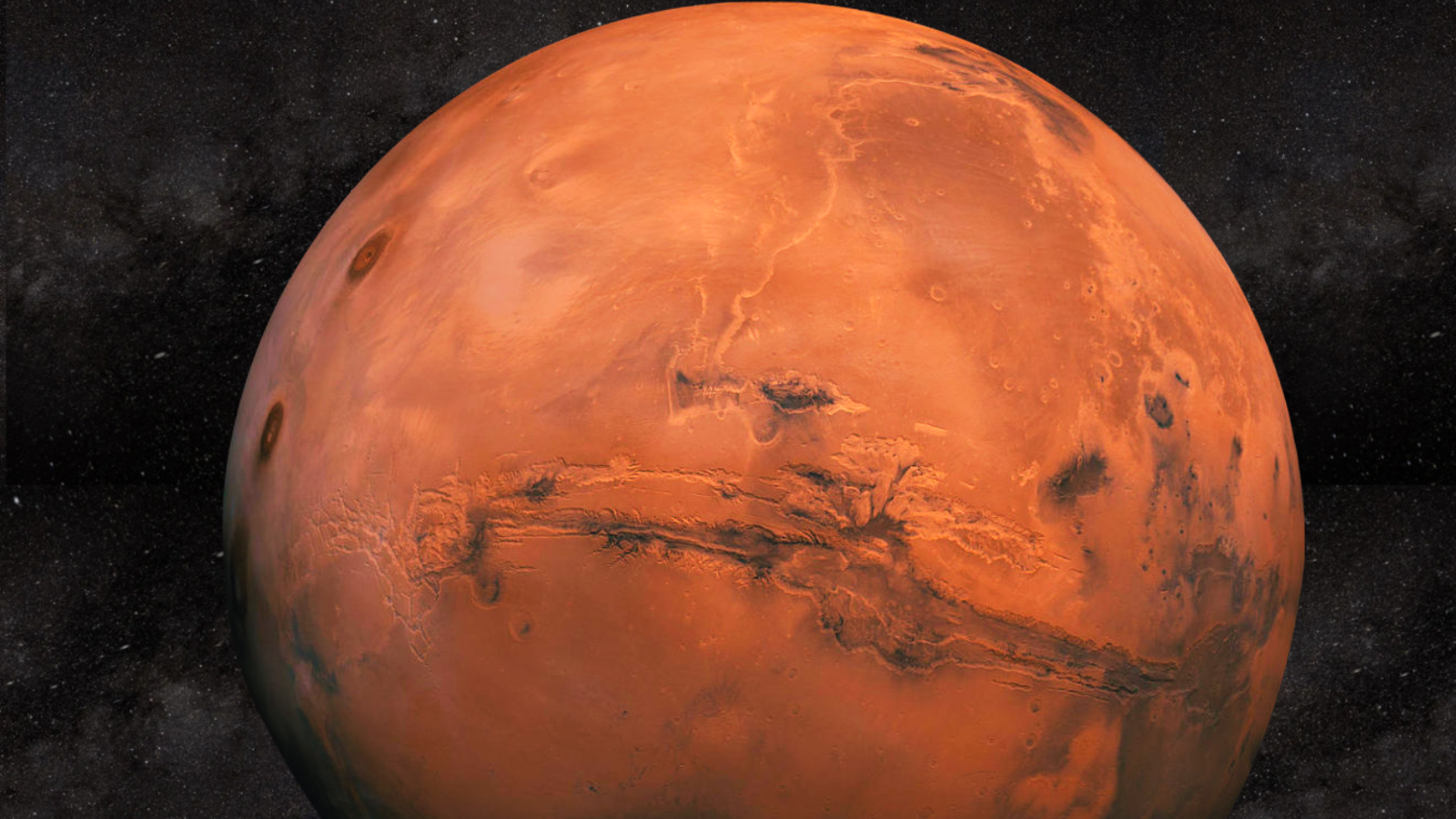
What happened to all the water on Mars? Here's why the debate continues
By Victoria Corless published
The Mars water debate continues. A team of scientists suggests vast oceans of water may not be locked within the Red Planet's crust, despite InSight lander data.
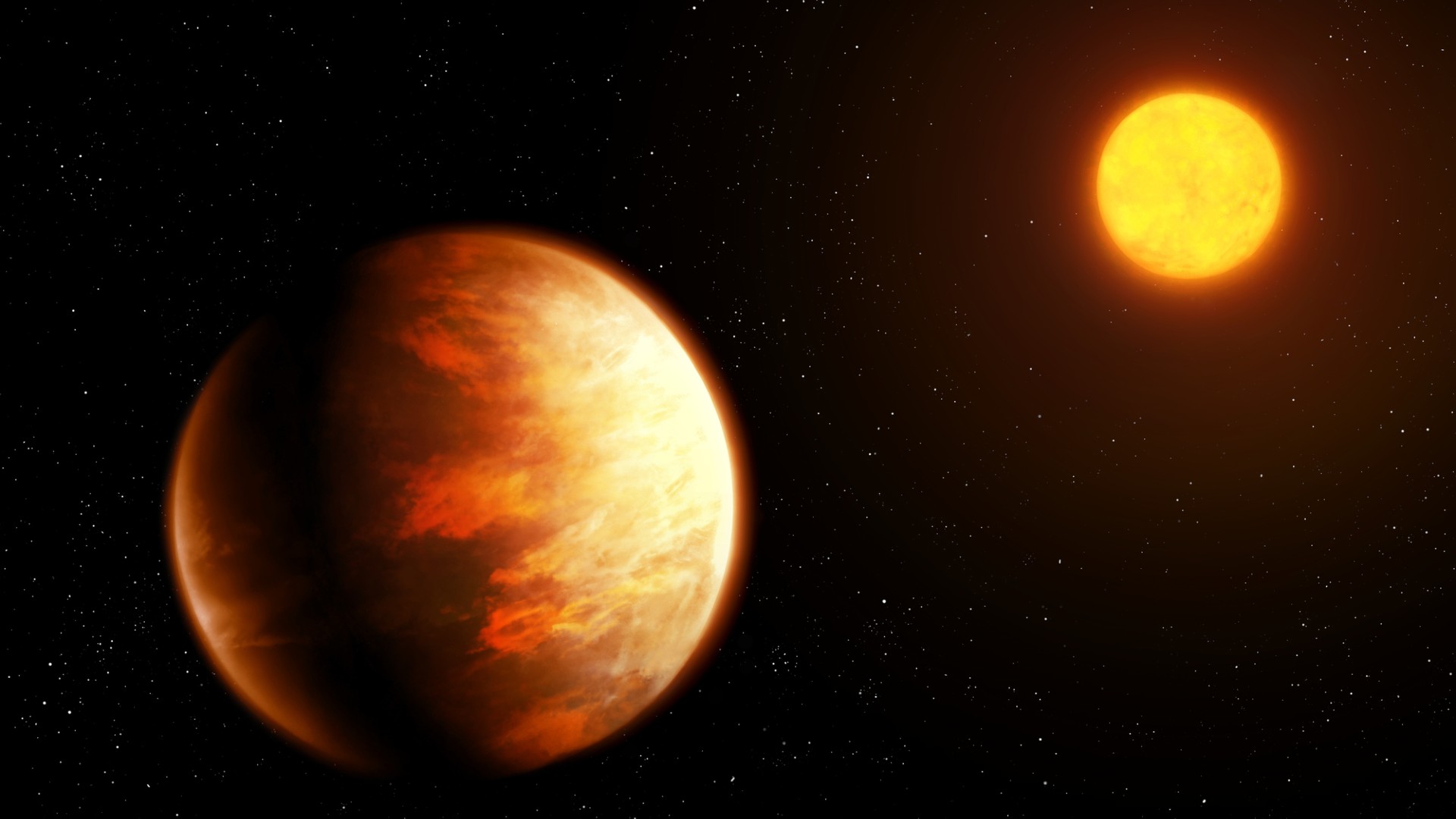
Astronomers discover exotic atmosphere on scorching hot exoplanet Cuancoá. 'Like finding a snowball that hasn't melted in a fire'
By Victoria Corless published
The James Webb Space Telescope has detected water vapor and thick clouds on LTT 9779 b, an ultra-hot Neptune locked in a blistering 19-hour orbit.
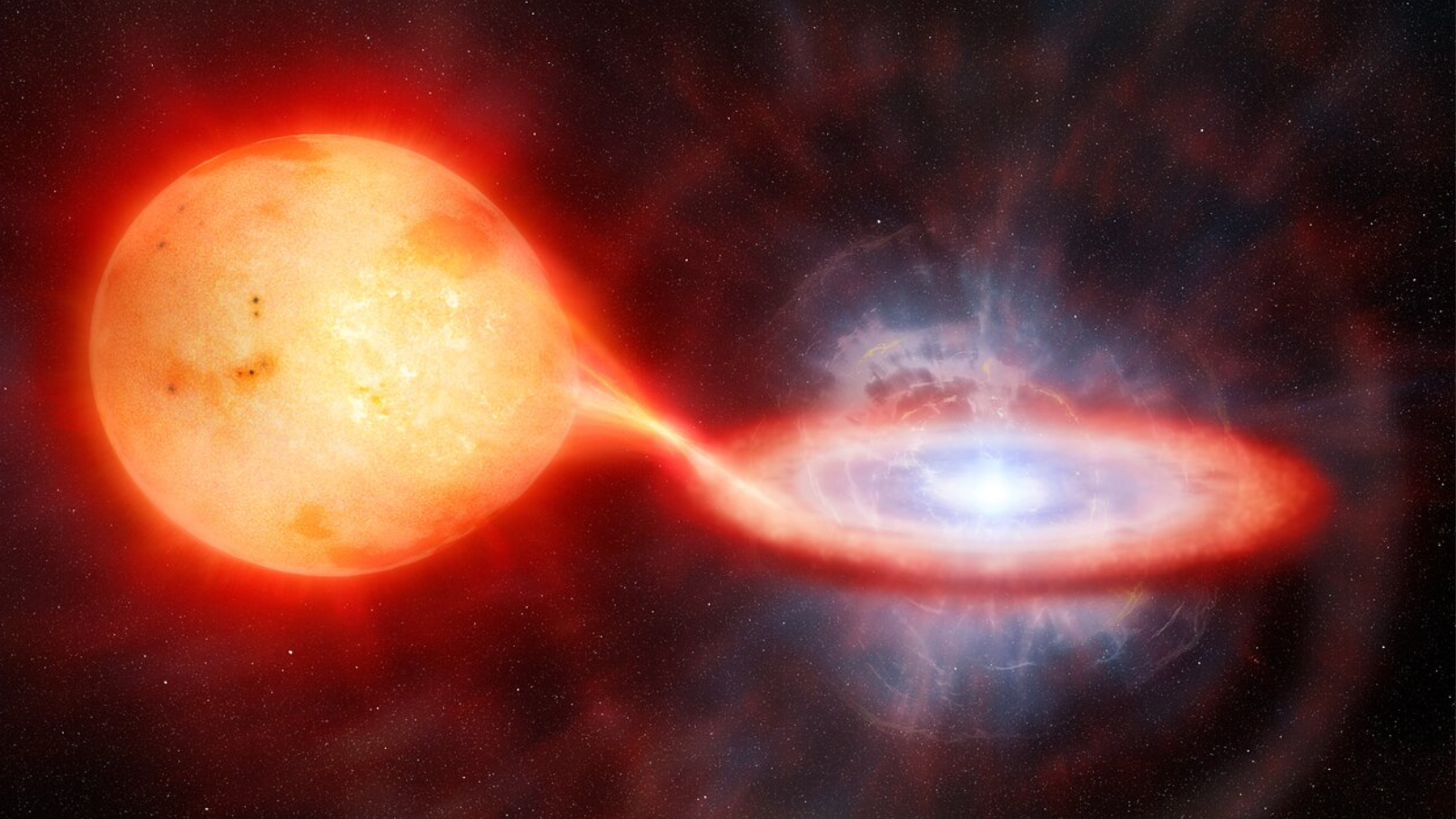
'Shocking' nova explosion of dead star was 100 times brighter than the sun
By Victoria Corless published
Astronomers have used near-infrared light to explore the extreme forces behind the eruption of LMC68, a recurrent nova in the Large Magellanic Cloud.
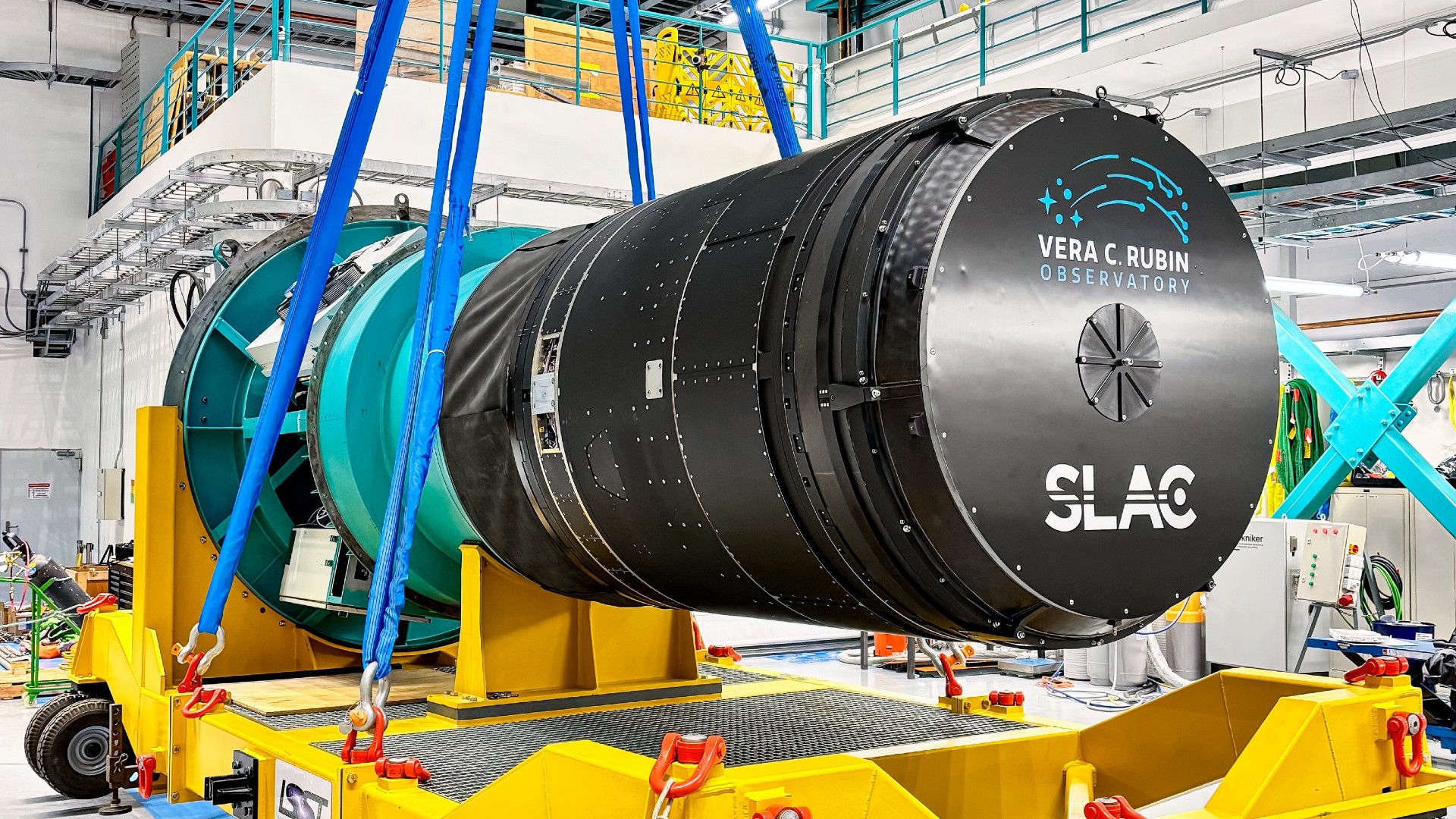
World's largest digital camera to help new Vera Rubin Observatory make a 'time-lapse record of the universe' (video)
By Victoria Corless published
A major milestone with the Vera C. Rubin Observatory has been reached with the installation of the telescope's enormous eye — the world's largest digital camera.
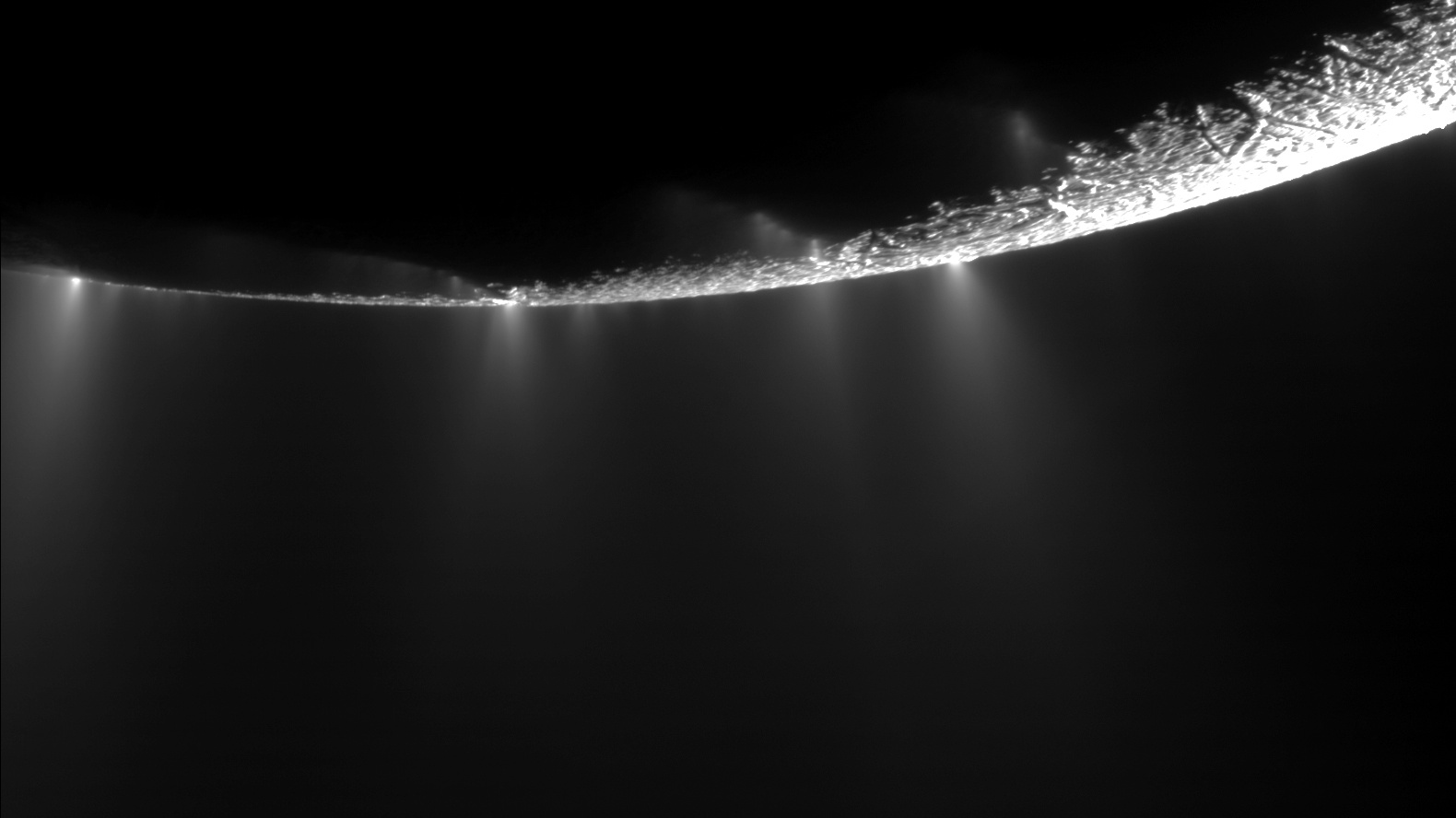
Geysers on Saturn's moon Enceladus may not come from its underground ocean
By Victoria Corless published
Scientists think geysers on Saturn's moon Enceladus might come from a "mushy" zone of ice along the world.
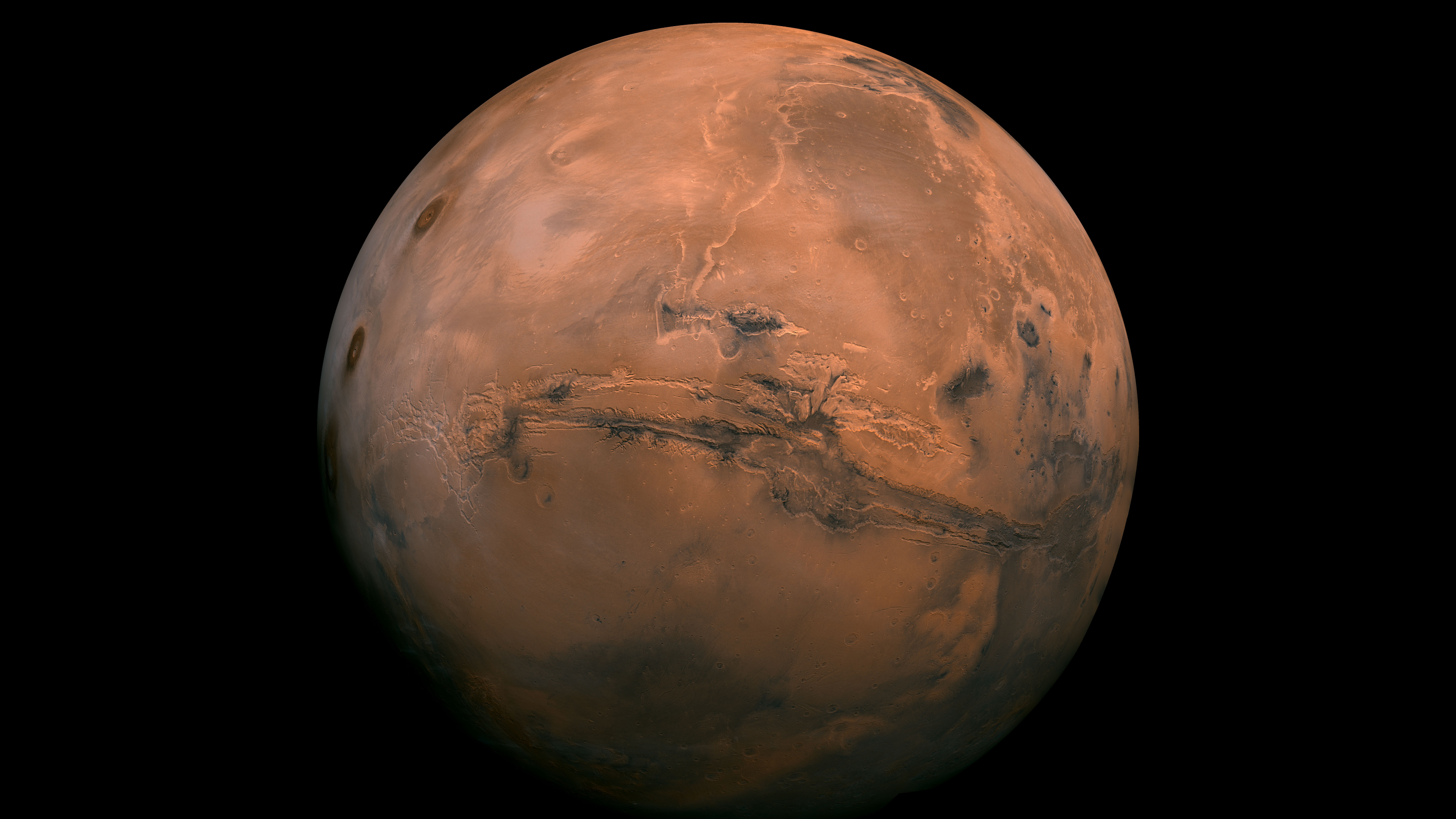
What makes Mars the 'Red' Planet? Scientists have some new ideas
By Victoria Corless published
Mars is known as the "Red" Planet, but what actually makes it red? New research offers answers.
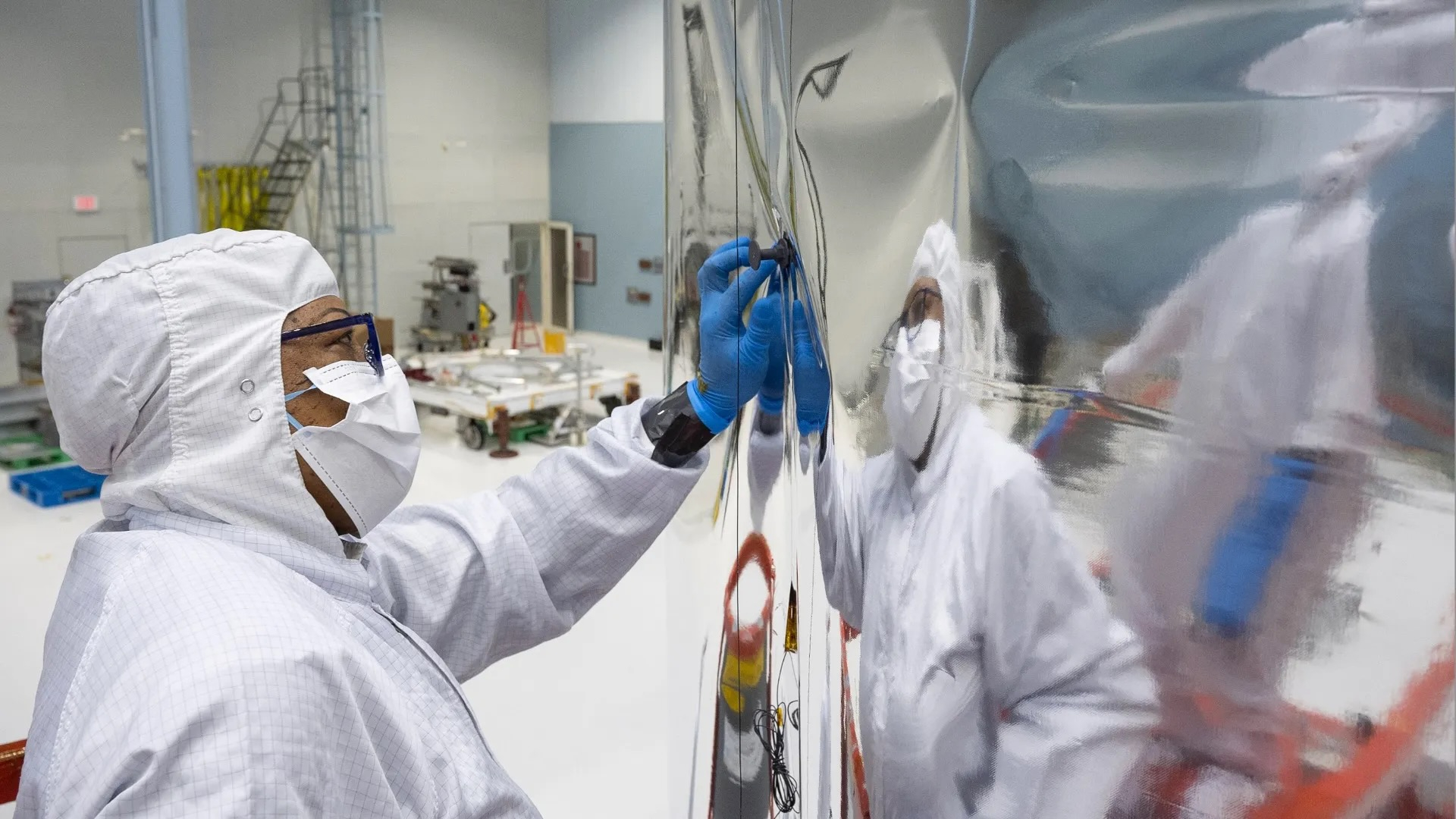
NASA installs 'bulletproof' sunshade on powerful Nancy Grace Roman Space Telescope (photos)
By Victoria Corless published
Technicians have installed the sunshade on NASA's Nancy Grace Roman Space Telescope, which is scheduled to launch in Spring 2027.
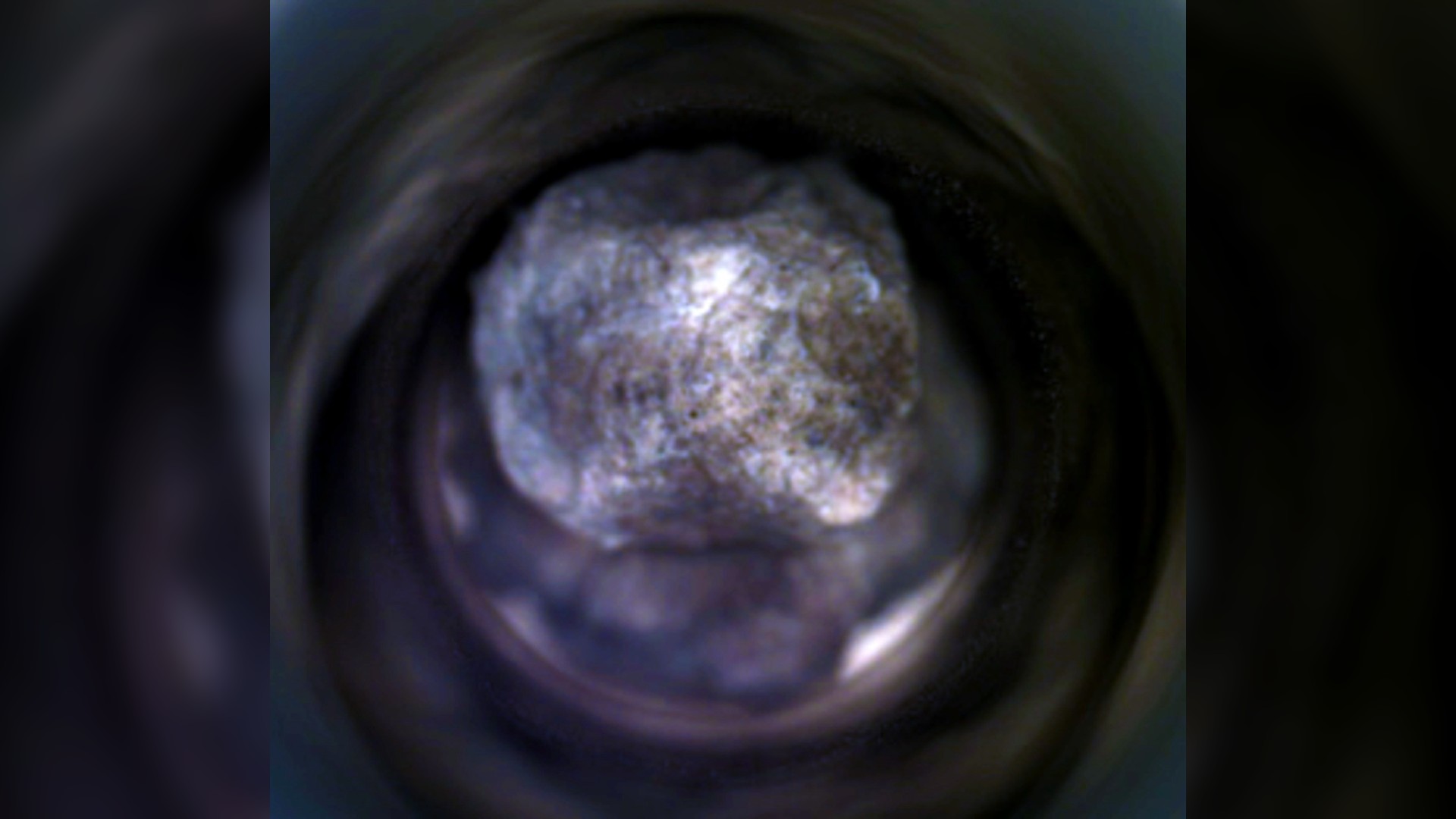
Perseverance rover's Mars samples show traces of ancient water, but NASA needs them on Earth to seek signs of life
By Victoria Corless published
Scientists are cataloging and analyzing the first samples collected by NASA's Perseverance rover while the agency weighs its options for returning them to Earth.
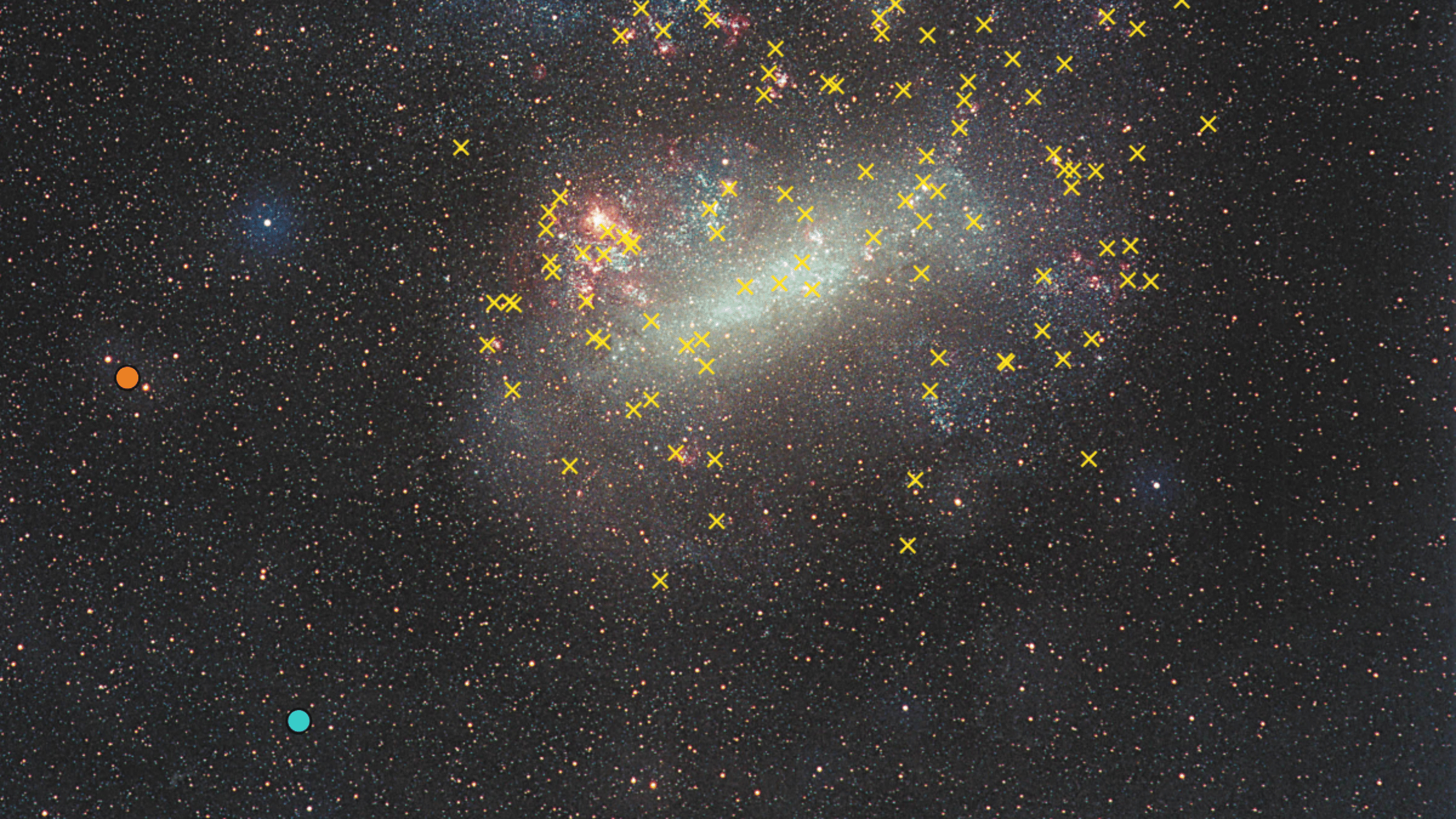
Mysterious cosmic lights turn out to be 2 undiscovered supernova remnants
By Victoria Corless published
The European Space Agency's XMM-Newton X-ray observatory has identified what's causing mysterious lights in the outskirts of the Large Magellanic Cloud.

What would happen if the OSIRIS-REx asteroid Bennu smashed into Earth in 2182?
By Victoria Corless published
Scientists simulated what would happen if a medium-size asteroid were to strike Earth. One of those space rocks, asteroid Bennu, has a 1-in-2,700 chance of hitting Earth in the year 2182.
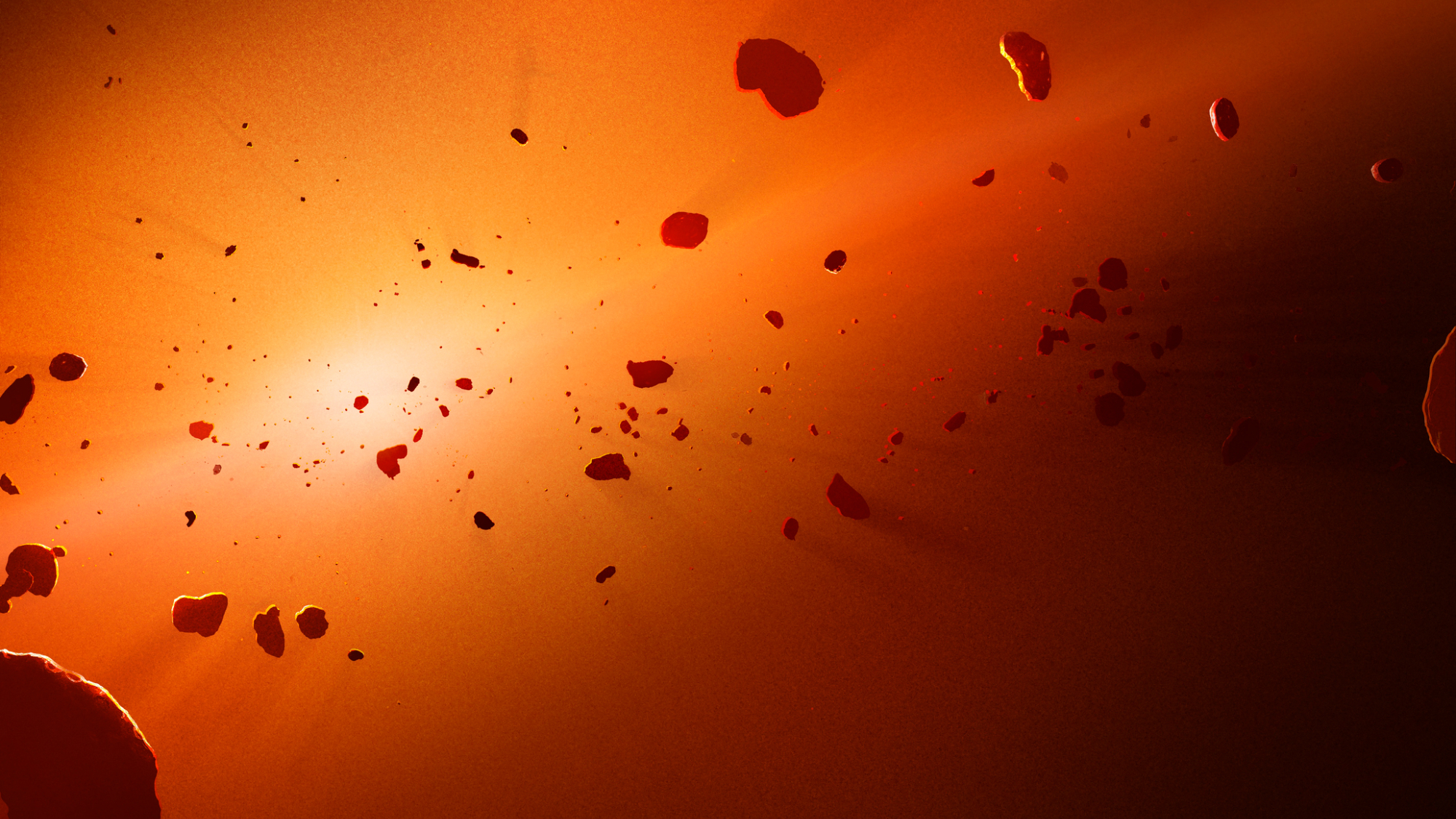
Scientists say 2 asteroids may actually be fragments of destroyed planets from our early solar system
By Victoria Corless published
They're calling them "planetary embryos".
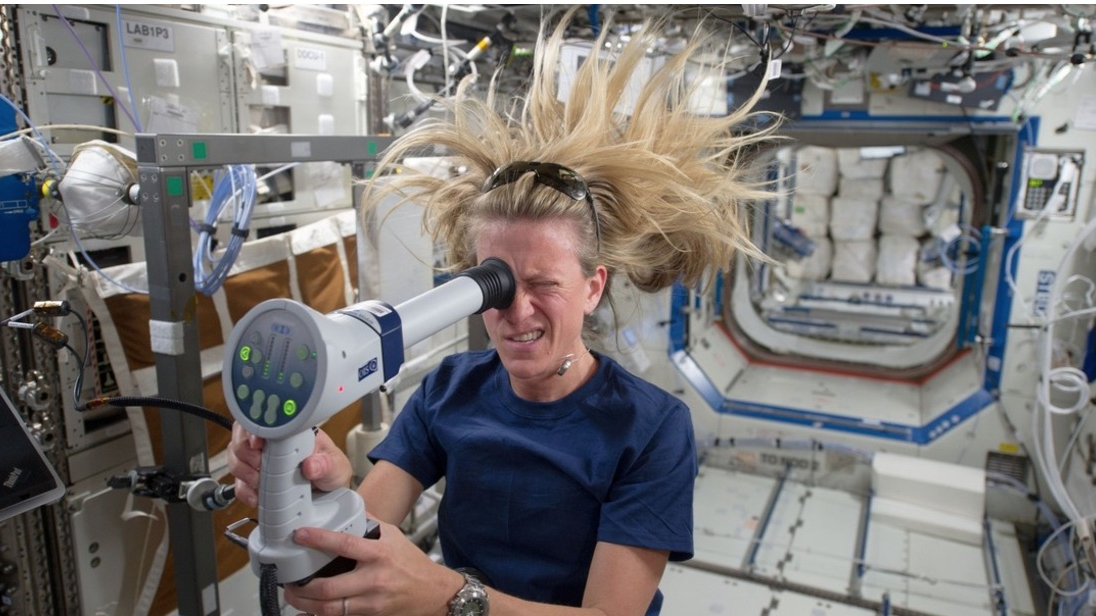
Astronauts on the ISS experience vision changes — should Mars travelers be worried?
By Victoria Corless published
Scientists are trying to find a solution to microgravity-induced vision changes to ensure future long-duration space travelers remain in healthy condition.
Get the Space.com Newsletter
Breaking space news, the latest updates on rocket launches, skywatching events and more!

